While taking a stroll, most of us like to have our sunglasses on, a metal money clip card holder, and a plastic water bottle to look fashionable.
We all love the convenience that plastic water bottles offer- they’re easy to refill and carry along. Besides, they\'re cheaper hence saving you a few bucks at the end of the week if you reuse them. But did you know that plastic water bottles were meant for single use only?
Manufacturers of these plastic water bottles expect the users to drink up and discard the bottle. That’s because of the two dangers that plastic bottles pose if reused. The first concern is chemical leaching from the plastic into the drinking water. The second concern is the bacterial growth that kicks off once the bottles are opened.
But are these dangers based on science? You’ve been recycling plastic water bottles for as long as you can remember, why hasn’t anything serious happened yet? Discover the facts and learn how to safely reuse these disposable plastic water bottles.

What Are The Components Of Plastic Water Bottles?
To understand the dangers that emanate from reusing plastic water bottles, it’s good to first know and understand their chemical constituents. These disposable water bottles are made from varying materials, but they all contain polythene terephthalate (PET).
PET is commonly used in the packaging of beverages and foods, and it portrays clear lightweight characteristics. The world over, it\'s regarded as safe for use, either single or repeated use. The FDA also has approved it for use by food packaging companies so there’s nothing to worry about, right?
Well, these plastic water bottles are made for single use because they won\'t last for eternity. Up to date, there is no conclusive evidence showing that the reuse of PET bottles poses dangers of chemical leach. Still, that doesn’t mean we should reuse them as much as we want.
Risks of Chemical Leach Into Drinking Water
As pointed out, PET is rated safe for use in the packaging of food and drinks. However, there’s a substance that is a concern to the reuse – antimony. It’s a metallic compound with potentially carcinogenic properties, which is used in the manufacture of plastic.
According to many studies, there is a possibility of antimony leaching into foods and drinks stored in single-use plastic bottles and containers. A 2010 study found that a slight migration of the metal occurs when water is in contact with PET bottles for three years at room temperature.
The chemical leach increases when the bottles are exposed to a higher temperature, although the study is not conclusive on that. Another research has also found leaching to occur, though the chemical amount is minute to a level that cannot cause health concerns. According to the US Environmental Protection Agency, the maximum antimony concentration in drinking water is 6 parts per billion (ppb).
Researchers have found that water kept in plastic bottles contains only 0.195 ppb and after three months, the level can rise to 0.226 ppb.
The Dangers Of Bacterial Growth
Everybody likes to safeguard their valuables. Just as you would use an RFID front pocket wallet like the Trayvax Original 2.0 Wallet to keep your credit cards safe, is the same way you should guard yourself against harmful bacteria residing in your drinking water bottle.
When it comes to the reuse of plastic water bottles, the real concern is fungal and bacterial growth rather than chemical leach. These micro-organisms thrive in damp conditions or partially full water bottles once exposed to air.
The bacteria will find their way into the water bottle from your mouth and hands. But can also be from dirty surfaces touching the bottle’s mouth. According to the manufacturers of these bottles, it’s also pointed out that tiny cracks develop from continuous reuse of the bottles. These tiny cracks can then harbor fungi and bacteria, making it extremely difficult to get rid of by simply cleaning.
It’s worth noting that the same also applies to other drinking bottles, whether glass or metal.
Keeping Your Plastic Water Bottles Safe
Thoroughly cleaning your water bottles and drying before use is recommended. It can be harder to clean single-use plastic water bottles due to their small mouths. The reusable types are way easier to clean.
The risks of contamination by fungi and bacteria rise especially if the drink is sugary. As such, you should drain the bottle, wash, rinse thoroughly before the next use. Where possible, you should sanitize the bottles with diluted bleach solution.

Is It Safer To Adopt Reusable Water Bottles?
Single-use plastic water bottles are not entirely bad if reused once or twice while making sure it\'s clean. But if you feel a need to change, are reusable water bottles entirely free from danger? There used to be concerns about bisphenol A (BPA) leaching into the water from clear polycarbonate bottles. But water bottles were reformulated to make them free of BPA.
The Nalgene 32oz Wide-Mouth Water Bottle is an example of a perfect reusable water bottle that removes all health concerns surrounding plastic bottles. It’s made from BPA-free plastic, has a wider opening for easy drinking and refill. Plus, it can carry both hot and cold beverages. Make the switch and kiss goodbye to all the safety worries with single-use plastic water bottles.



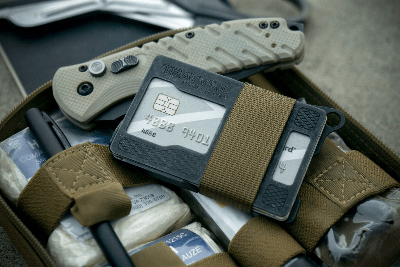
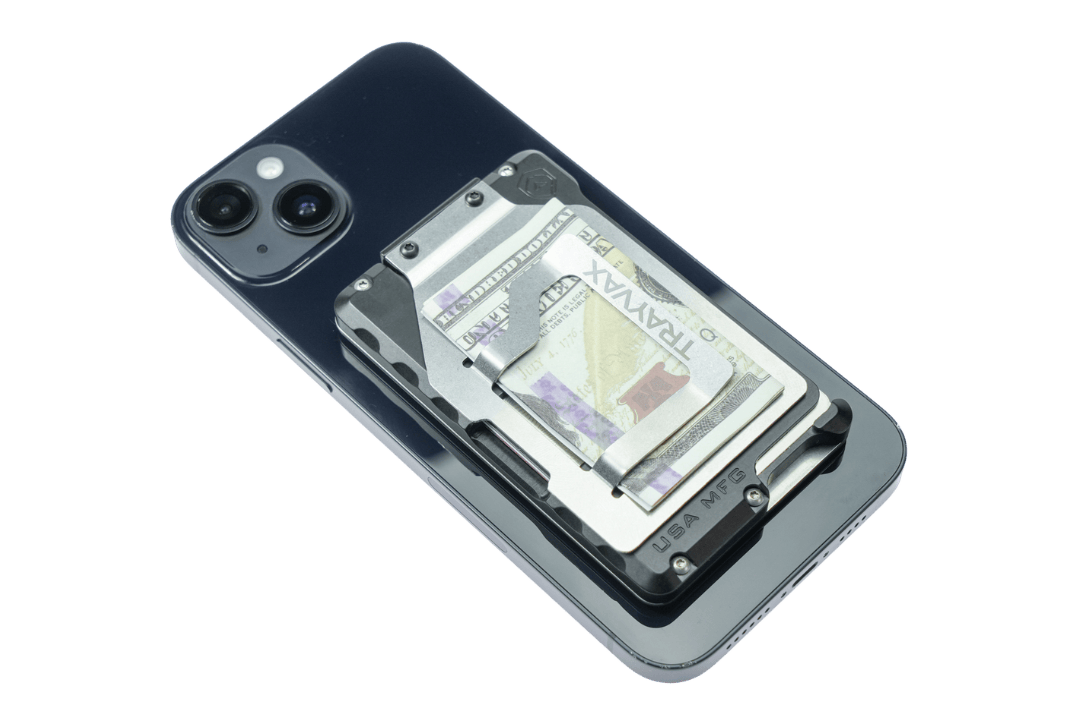



















































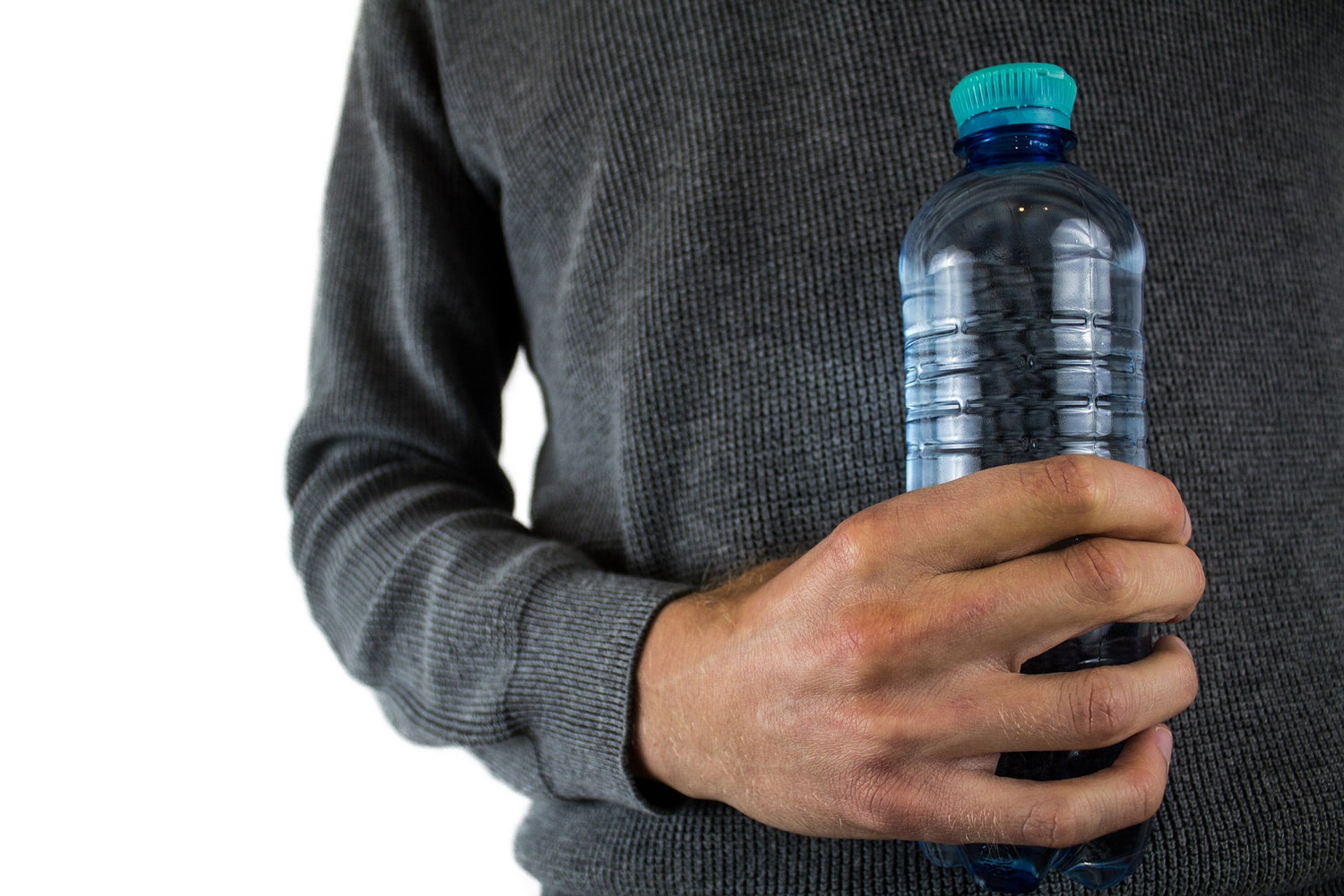
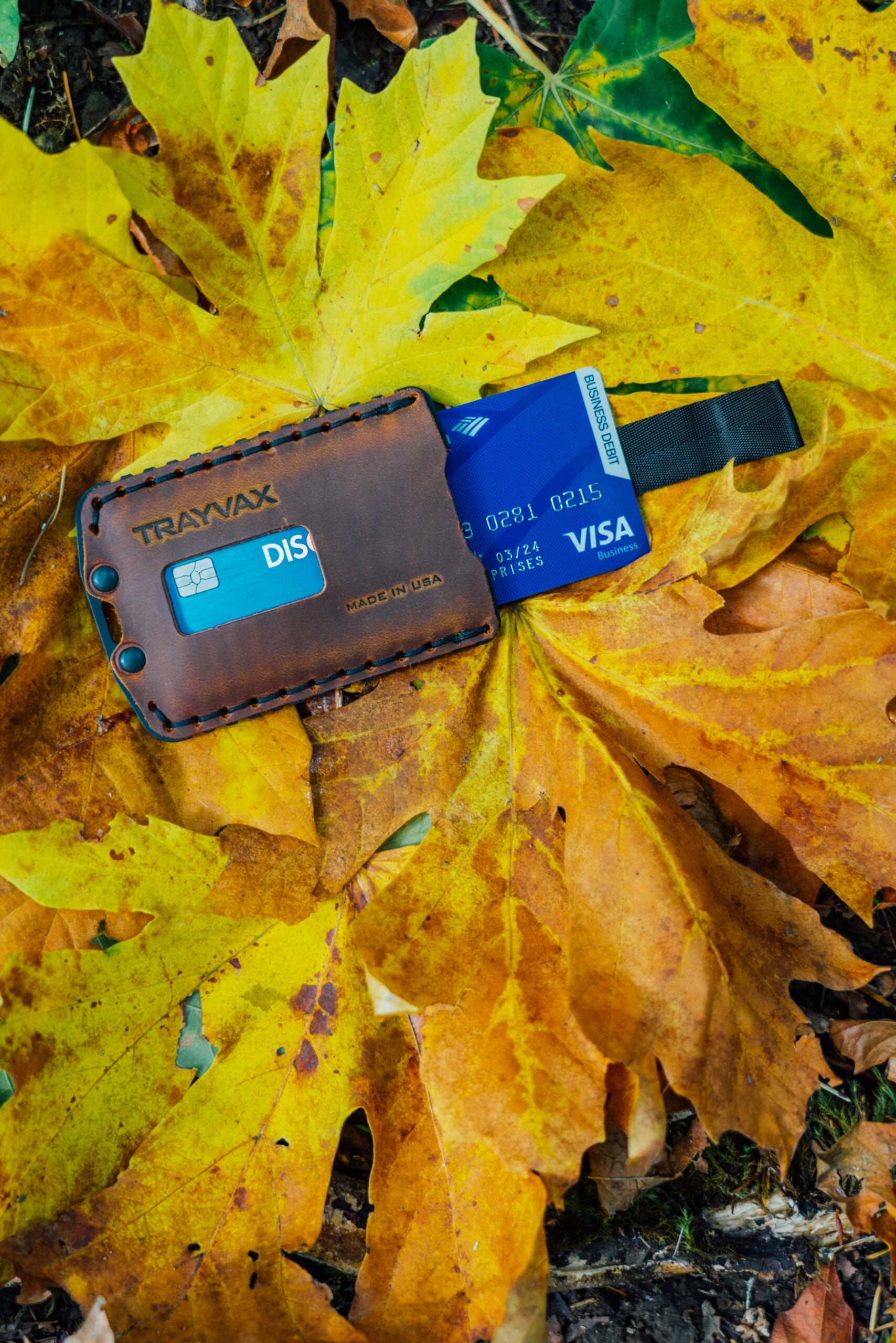
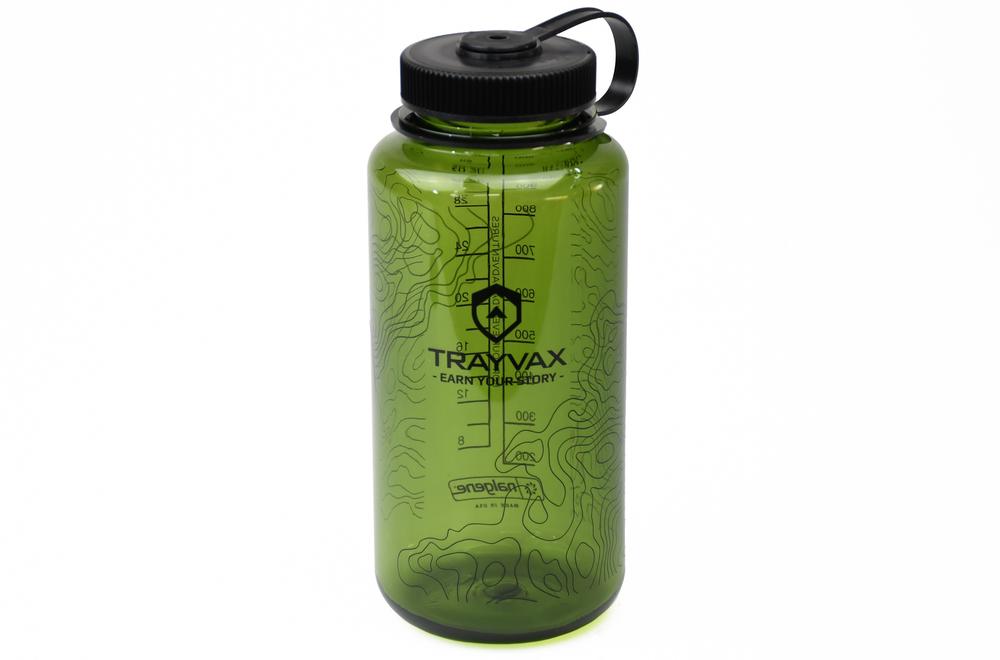
Leave a comment
All comments are moderated before being published.
This site is protected by hCaptcha and the hCaptcha Privacy Policy and Terms of Service apply.